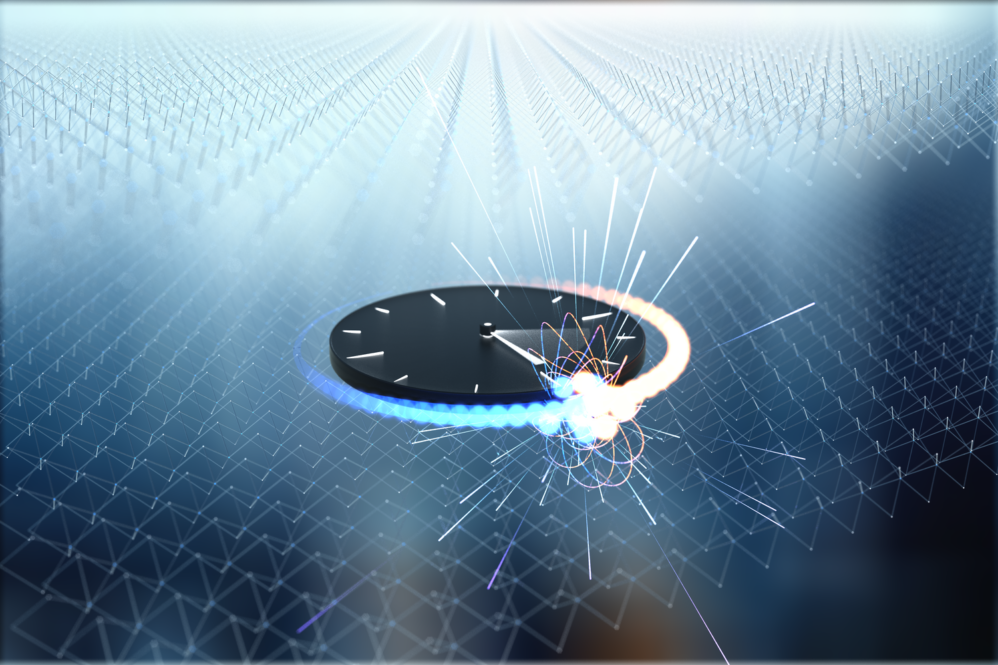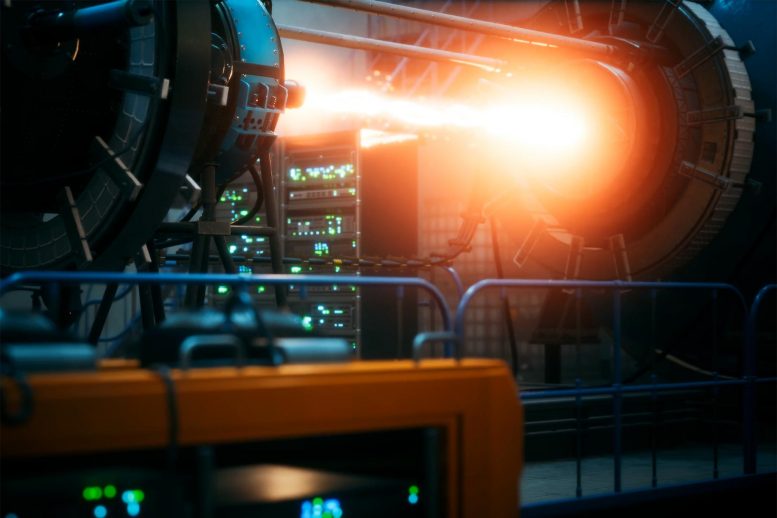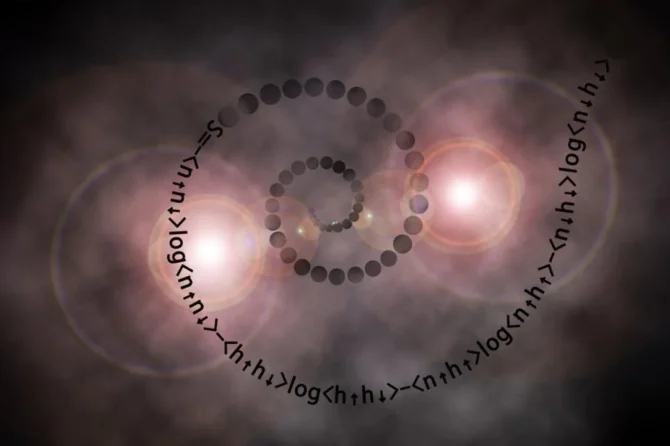A groundbreaking collaboration between the University of Michigan and the University of Regensburg has achieved the fastest-ever recording of electron movement in solids, measuring at the attosecond scale (one quintillionth of a second). This achievement has significant implications for both traditional and quantum computing, potentially enabling processing speeds up to a billion times faster than current capabilities.
The research addresses a critical limitation in quantum computing. As explained by Mackillo Kira, a University of Michigan professor of electrical engineering and computer science, current computer processors operate at gigahertz speeds (one billionth of a second per operation). However, this speed is insufficient for quantum computing because electrons in computer chips collide trillions of times per second, with each collision disrupting the quantum computing cycle. The new ability to capture electron movement at attosecond speeds provides the necessary tool to understand and potentially overcome these limitations.
Beyond computing applications, this breakthrough holds tremendous potential for advancing many-body physics. Professor Rupert Huber from the University of Regensburg emphasizes that many-body interactions are fundamental to understanding desirable properties of solids, including optical and electronic characteristics and phase transitions. These interactions have historically been difficult to study, but the new “solid-state attoclock” technique could revolutionize our ability to design quantum materials with precise properties and advance quantum information technology.
The research team developed an innovative approach to observe electron movement in two-dimensional quantum materials. Traditional methods using extreme ultraviolet (XUV) light bursts are too energetic to clearly observe semiconductor electrons. Instead, the team employed a two-pulse system: an initial infrared pulse prepares electrons for movement through the material, followed by a lower-energy terahertz pulse that forces controlled electron collisions. These collisions produce light bursts, and their precise timing reveals crucial information about quantum interactions.
The technique achieves remarkable precision, measuring time with less than one percent error relative to the terahertz radiation’s oscillation period. This level of precision required years of development and pushes the boundaries of what was previously thought possible, given the incredibly short duration of light oscillation cycles.
The implications of this research extend into multiple fields. Quantum materials could exhibit robust magnetic, superconductive, or superfluid phases, while quantum computing offers the potential to solve previously intractable problems. As noted by Markus Borsch, a doctoral student at the University of Michigan and co-first author of the study, while a scalable and fault-tolerant quantum computer remains elusive, this fundamental research into electron behavior in solids could provide crucial insights toward its development.
This research represents a significant step forward in our understanding of electron behavior at the quantum level. The ability to observe and measure electron movements at attosecond speeds not only advances our theoretical knowledge but also provides practical tools for developing next-generation computing technologies. As we continue to push the boundaries of quantum capabilities, such fundamental observational science becomes increasingly crucial in solving complex problems that remain beyond our current reach.
The study, published in Nature, demonstrates how collaborative efforts between institutions and the convergence of theoretical and experimental physics can lead to breakthrough discoveries that advance both our understanding of fundamental physics and our technological capabilities.
Reference: J. Freudenstein, M. Borsch, M. Meierhofer, D. Afanasiev, C. P. Schmid, F. Sandner, M. Liebich, A. Girnghuber, M. Knorr, M. Kira, R. Huber. Attosecond clocking of correlations between Bloch electrons. Nature, 2022; 610 (7931): 290 DOI: 10.1038/s41586-022-05190-2
Quantum Computers News — ScienceDaily



